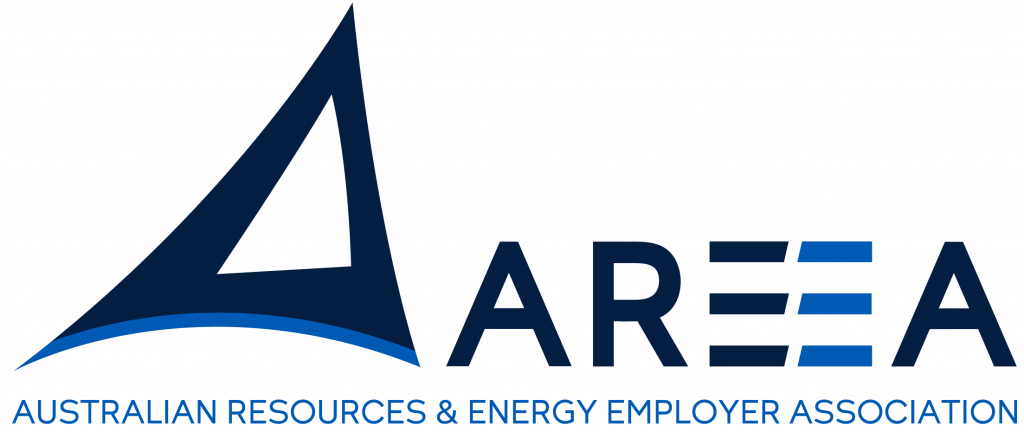RESOURCE employers have invested more than $34 billion in local businesses, community infrastructure and Indigenous contractors, exceeding tax and royalty payment estimations by 65%, a report has shown.
A study, commissioned by the Minerals Council of Australia (MCA) to social responsibility consultants Banarra, found that a group of 25 mining companies, explorers and resource contractors across Australia had spent $34.7bn on local communities in the 2011-12 financial year.
The highest expenditure industry-wide was $32.1bn on local business development and support, while Indigenous contracting also drew a $2.2bn spend.
A total of $91.9m was invested in infrastructure, covering the construction of schools, libraries and museums and the establishment of healthcare, education and financial systems in local communities.
The MCA has used the information to urge the repeal of the Minerals Resource Rent Tax (MRRT), which is currently up for debate in the first sitting of parliament since the Coalition’s win in September.
“The community investment from resource employers is many times larger than the projected returns from the MRRT,” MCA chief executive officer Mitch Hooke said in the statement released last week.
“It also exceeds the industry’s 2011-12 company tax and royalty payments, which Deloitte Access Economics have estimated at $21 billion.”
The MRRT, implemented on 1 July 2012, was initially expected to raise $3bn during its first year, but raised only $126m in its first six months.
“The scale of industry’s community contribution demonstrates that the best way of to maximize a social return from Australia’s resource endowment is to ensure the mining sector remains globally competitive and continues to expand,” Mr Hooke said.
“A third layer of taxation on the minerals sector in the form of the MRRT takes Australia in the opposite direction and undermines our competitiveness, acting as a disincentive to invest in Australian coal and iron ore projects.
“The size of the community contribution also conclusively demolishes the suggestion that prior to the introduction of the MRRT, Australians were not getting a “fair share” of the mining boom.
“The industry’s tax and royalty payments coupled with the community spend shows that mining will continue to make a very large social and economic contribution after the MRRT is abolished.”
For more information about the Banarra report, click here.



